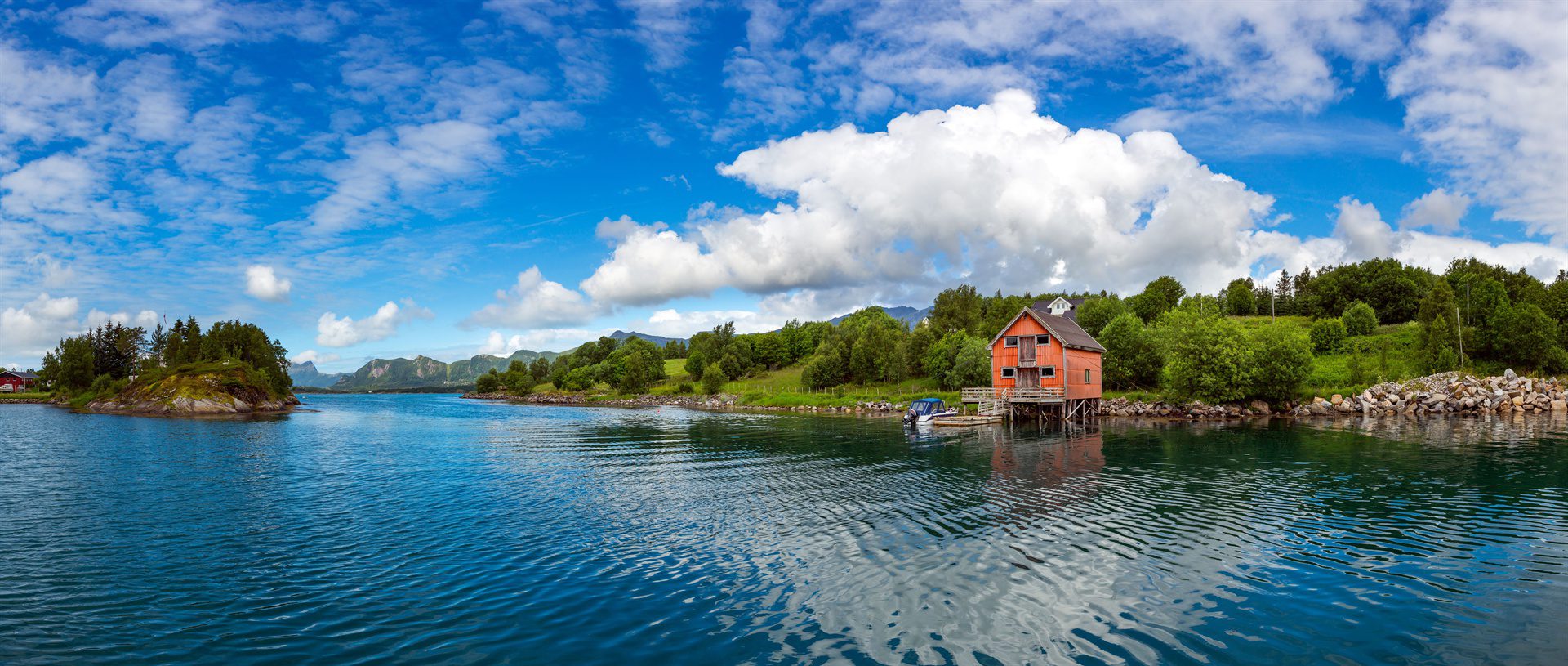
Waterfront cottages offer a unique lifestyle. Imagine waking up to the sound of waves or spending your evenings watching the sunset over the water. Waterfront cottages are properties located directly on or near bodies of water, such as lakes, rivers, or oceans. They provide a serene and picturesque setting, making them a dream for many. These cottages are popular for both year-round living and as vacation homes, offering a perfect escape from the hustle and bustle of city life.
Owning a waterfront cottage is not just about lifestyle; it is also a smart investment. These properties tend to hold their value well, and in many cases, they appreciate over time. This makes them a great option for those looking to invest in real estate. Whether you plan to rent out the property as a vacation rental or sell it in the future, a waterfront cottage can provide a solid return on investment.
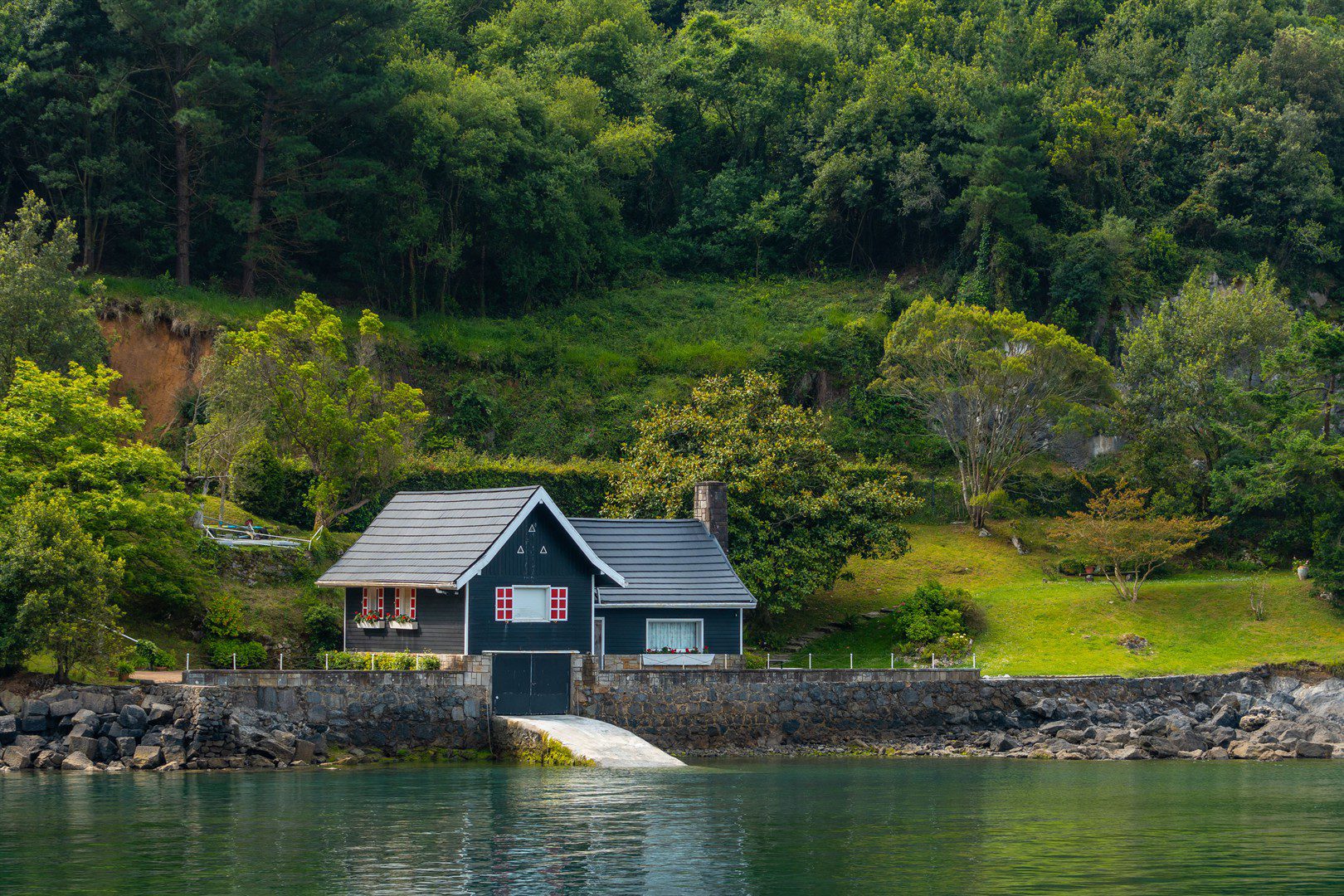
Choosing the right location for your waterfront cottage is crucial. Consider the type of water body, local weather conditions, and the surrounding community to ensure the property meets your needs and lifestyle. The perfect location will enhance both your enjoyment and the value of your investment.
When it comes to buying a waterfront cottage, the location is one of the most critical factors to consider. The right location can enhance your enjoyment of the property and ensure it retains its value over time. Factors such as proximity to amenities, access to the water, and the surrounding environment all play a crucial role in making the right choice.
Not all waterfronts are created equal. Some people prefer the calm, serene environment of a lake, while others might enjoy the dynamic, ever-changing scenery of an oceanfront property. Rivers offer a different experience altogether, with flowing water and potential access to larger water bodies. Consider what kind of water activities you enjoy, such as boating, fishing, or swimming, and choose a location that offers these opportunities.
Different locations come with different weather patterns. For instance, cottages located on the ocean might face saltwater corrosion, while those near rivers could be prone to flooding. Understanding the local climate and how it affects the property is crucial. You will also want to consider the seasons. Some locations might be idyllic in summer but challenging in winter. Make sure to choose a location that suits your lifestyle year-round.
A waterfront cottage is not just about the property itself; the surrounding community is just as important. Consider the distance to nearby towns, access to medical facilities, and the availability of recreational activities. Some people prefer remote locations for peace and quiet, while others may want to be close to a vibrant community with plenty of amenities. Visit the area during different times of the year to get a feel for the community and the lifestyle it offers.
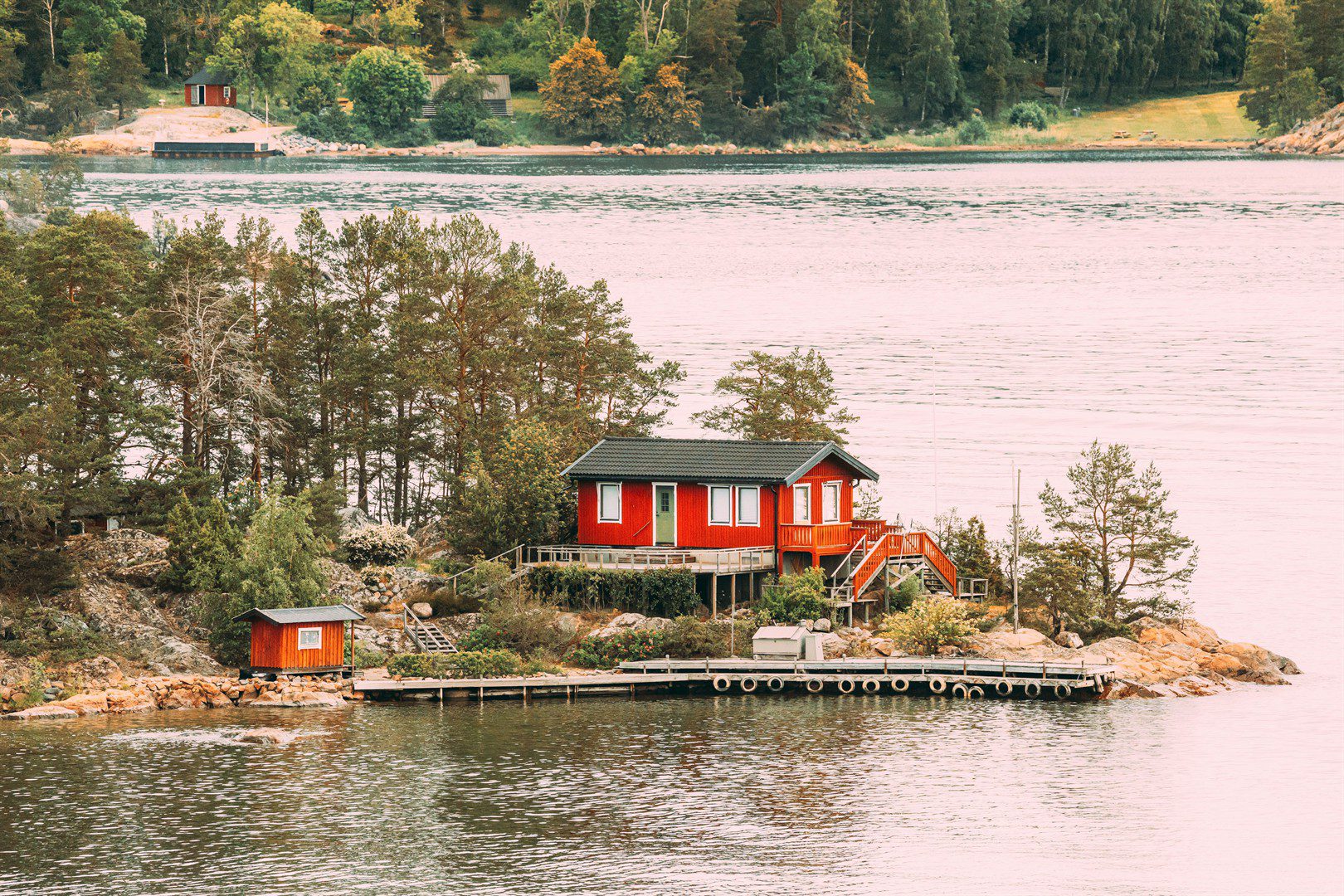
When choosing a waterfront cottage, the style and design are crucial factors. Modern, rustic, and luxury cottages each offer unique experiences and benefits. Depending on your needs and preferences, you can also customize your cottage to make it your own.
Waterfront cottages come in various styles, each offering a different vibe. The design you choose will significantly influence your experience and the cottage’s appeal. Some popular styles include modern, rustic, and luxury cottages. Each style has its pros and cons, making it essential to pick one that aligns with your lifestyle and preferences. The choice between these options will depend on how you plan to use the property – whether as a weekend getaway, a year-round residence, or an investment.
Modern cottages are known for their sleek, minimalist designs. They often feature large windows, open floor plans, and state-of-the-art amenities. These cottages are perfect for those who appreciate contemporary architecture and want to enjoy the latest comforts. They typically offer a clean, uncluttered aesthetic that enhances the natural beauty of the surrounding environment. However, they may require more maintenance due to their modern materials and finishes.
Rustic cottages, on the other hand, offer a more traditional and cozy feel. These cottages are often built with natural materials like wood and stone, giving them a warm, inviting atmosphere. They are ideal for those who want to feel closer to nature and enjoy a simpler, more relaxed lifestyle. Rustic cottages often come with fireplaces, wooden beams, and other features that add to their charm. However, they may lack some of the modern amenities found in newer designs.
For those seeking elegance and comfort, luxury waterfront cottages are the way to go. These properties offer high-end features such as gourmet kitchens, spa-like bathrooms, and expansive outdoor living spaces. Luxury cottages are designed to provide the ultimate in comfort and style, often incorporating custom designs and premium materials. While they offer a lavish lifestyle, they also come with a higher price tag and may require more upkeep.
If none of the standard designs fully meet your needs, customization is always an option. Many cottage owners choose to renovate or customize their properties to suit their tastes. This could involve adding a deck, upgrading the interior, or even expanding the cottage. Customization allows you to create a space that reflects your personality and meets your specific requirements. However, it is important to consider the costs and regulations involved in making changes to a waterfront property.
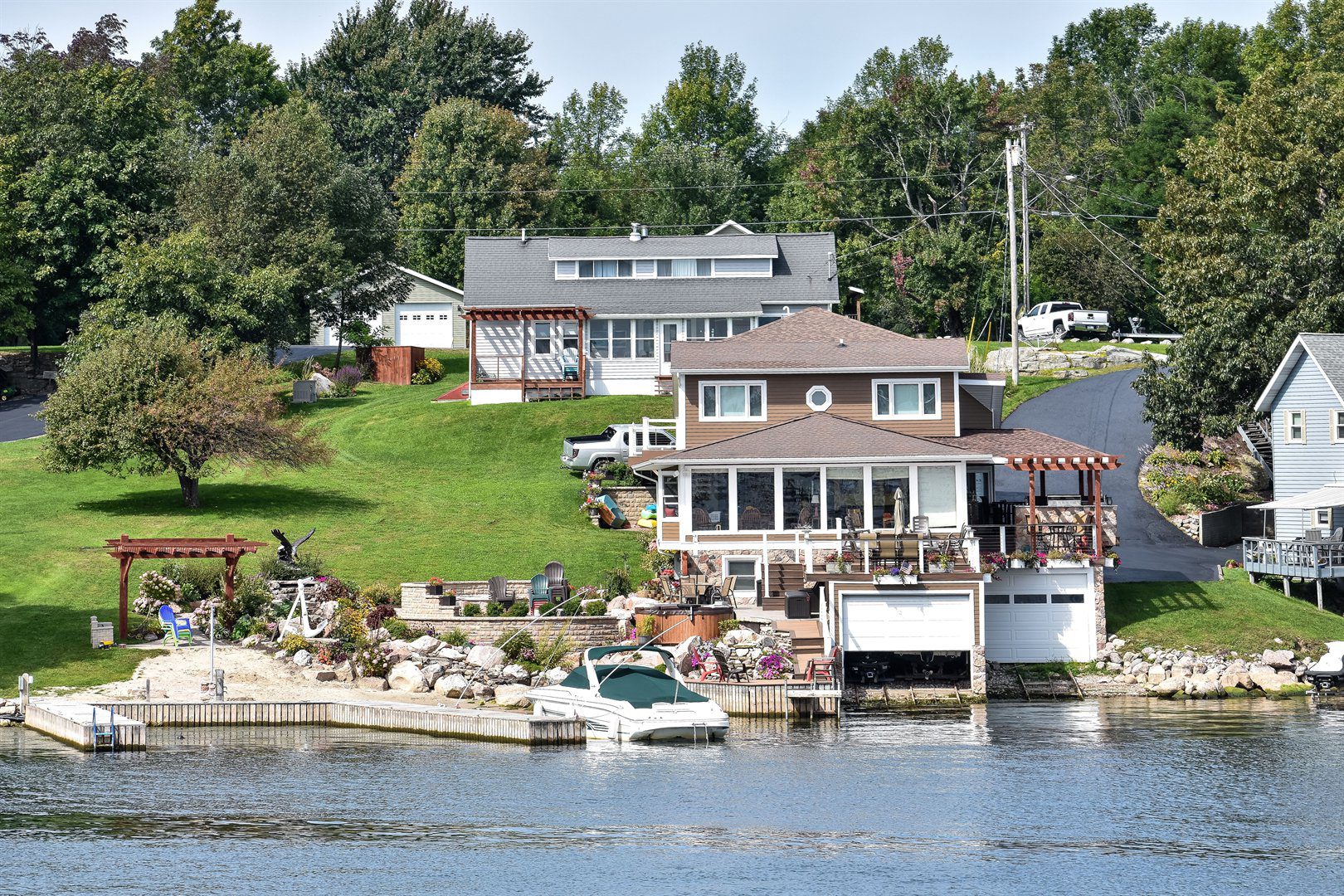
Understanding the costs associated with owning a waterfront cottage is key to making a smart investment. The purchase price, maintenance, insurance, and taxes are all significant expenses that need to be considered. Proper planning and budgeting will help ensure that you enjoy your waterfront property without financial stress.
Buying a waterfront cottage is a significant investment, and understanding the costs involved is essential. The purchase price is just the beginning. You will also need to budget for ongoing expenses like maintenance, insurance, and property taxes. Knowing these costs upfront can help you make an informed decision and avoid unexpected financial strain.
The price of a waterfront cottage can vary widely depending on several factors. Location is one of the most significant influences on price. Cottages in popular or secluded areas tend to cost more. The size of the property, the condition of the cottage, and the amenities it offers also play a role. A larger cottage with modern amenities will generally be more expensive than a smaller, more rustic property. It is important to compare properties and consider what features are most important to you.
Once you own a waterfront cottage, maintaining it becomes a regular expense. Waterfront properties are often exposed to harsh weather conditions, which can lead to wear and tear. You will need to budget for routine maintenance, such as painting, roof repairs, and landscaping. Additionally, if the cottage is not used year-round, you might need to winterize it, adding to your maintenance costs. Keeping up with these tasks is essential to preserve the property’s value.
Insurance is another cost that tends to be higher for waterfront cottages. These properties are at greater risk for flooding, erosion, and other environmental hazards, leading to increased insurance premiums. It is crucial to understand what coverage you need and shop around for the best rates. Property taxes on waterfront properties can also be higher, especially in desirable locations. These taxes are based on the assessed value of the property, which can be substantial for waterfront cottages.
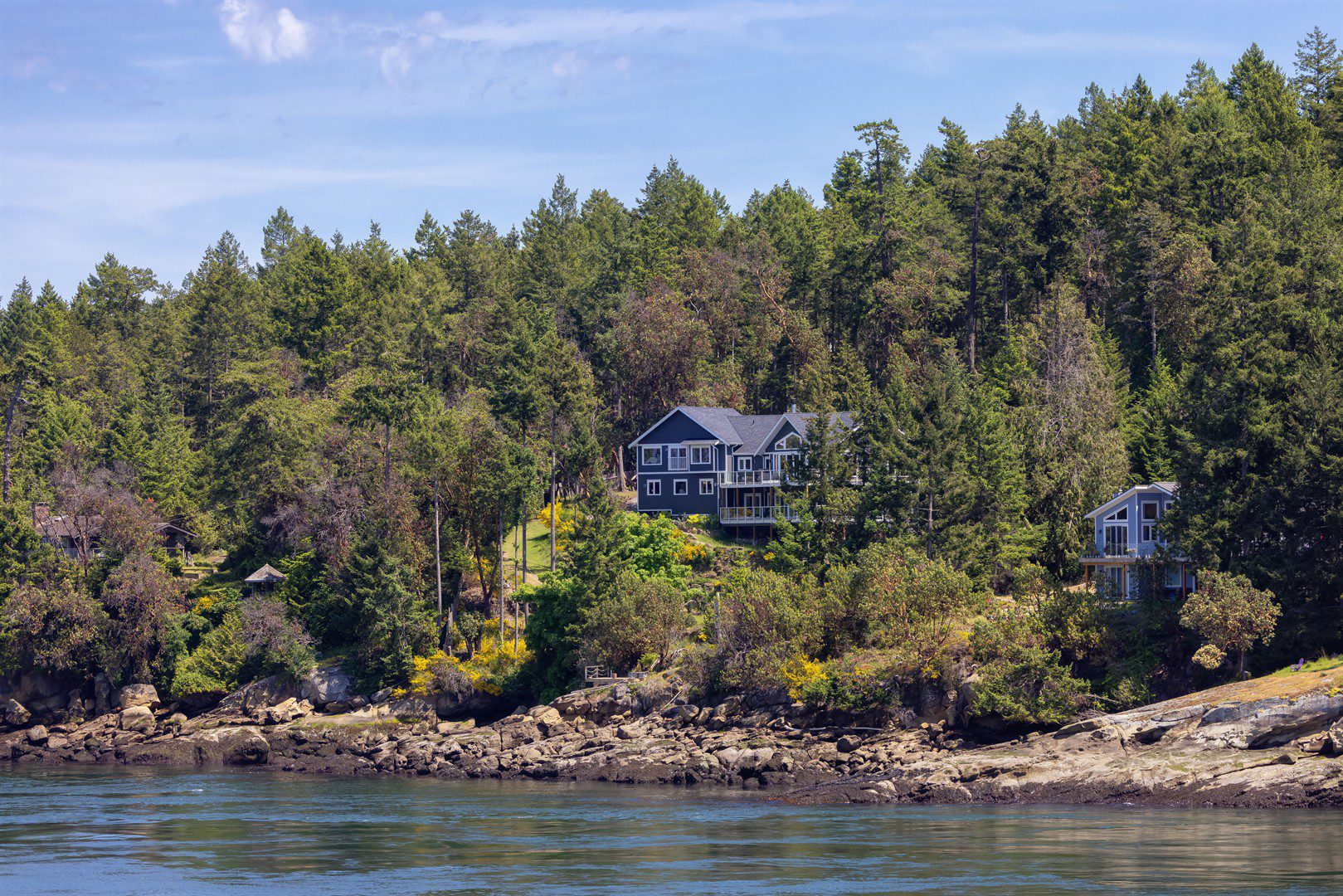
Legal considerations are a vital part of owning a waterfront cottage. Zoning laws, building codes, riparian rights, and necessary permits are all elements you must understand. Being informed helps you avoid legal issues and ensures your cottage meets all regulatory requirements.
When buying a waterfront cottage, it is important to understand the legal aspects involved. These properties often come with specific regulations and zoning laws that can impact your purchase. You need to be aware of the rules governing construction, renovations, and even shoreline management. Ignoring these regulations can lead to costly mistakes. Therefore, getting familiar with legal considerations is key to a smooth transaction.
Zoning laws dictate how you can use your waterfront property. Different areas have different rules, so it is essential to check local regulations before buying. Building codes can also affect what you can and cannot do with your cottage. These codes ensure safety and environmental protection. For instance, there might be restrictions on the type of structures allowed near the water. Make sure your plans align with these codes to avoid penalties or project delays.
Riparian rights refer to the rights of property owners whose land borders a body of water. These rights can include access to the water, the use of the water, and responsibilities related to water quality. It is important to understand what riparian rights you have with your property. These rights can vary depending on local laws and the specific water body. Knowing your rights ensures you can enjoy the full benefits of waterfront living.
Before building or renovating your waterfront cottage, you will need various permits and approvals. These can include environmental assessments, building permits, and possibly even approval from local water management authorities. Obtaining these permits ensures that your project complies with local regulations. Skipping this step can result in fines or having to undo completed work. Always consult with local authorities to understand what permits you need.
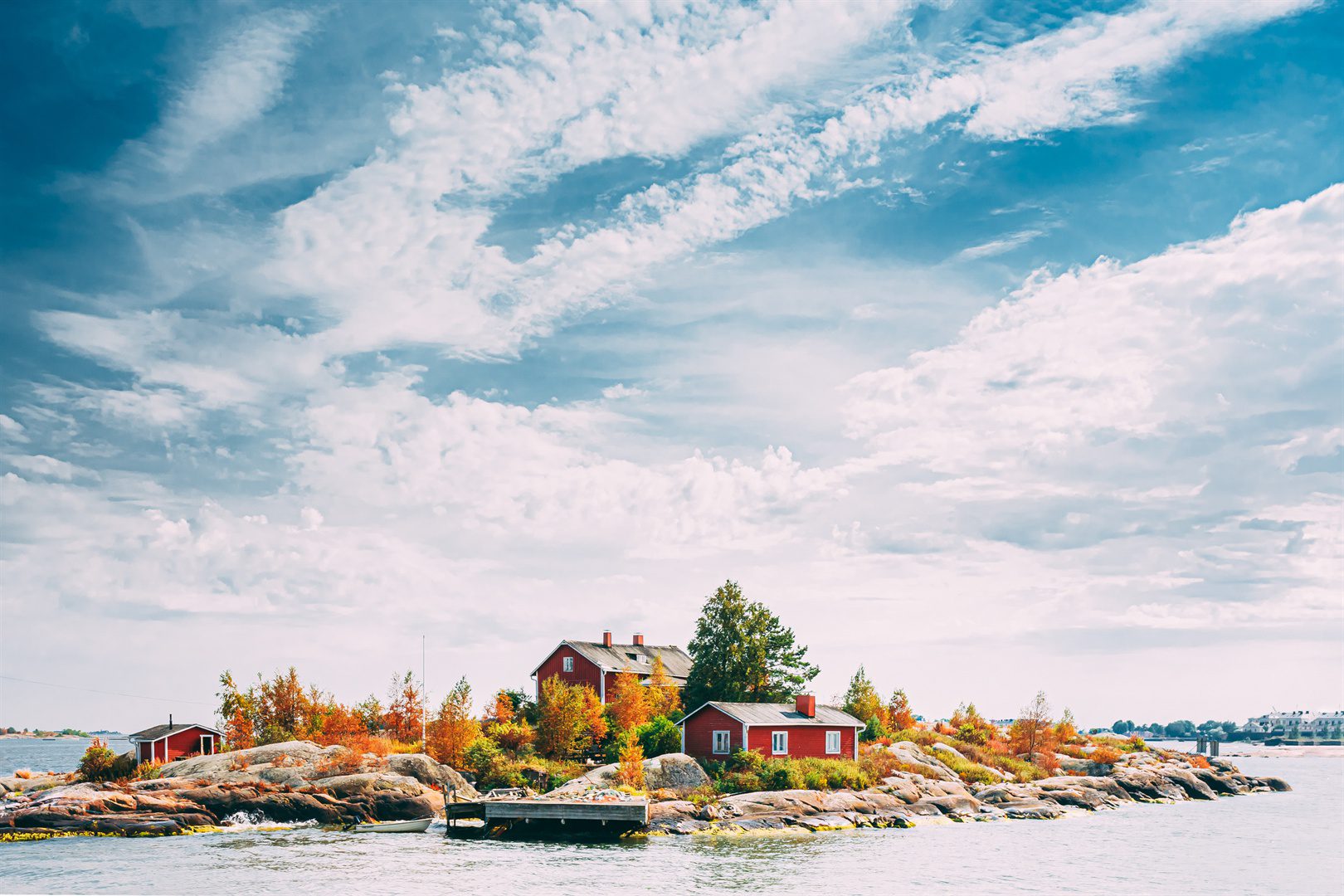
Seasonal changes have a big impact on waterfront cottages. Winter requires preparation to prevent freezing and flooding. Summer is a time for enjoyment but also maintenance. Spring and fall are transition periods where special care is needed. By understanding these seasonal considerations, you can ensure your cottage remains a safe and enjoyable place all year round.
Living by the water is a dream for many, but it comes with unique seasonal challenges. Waterfront cottages are exposed to the elements in ways that inland properties are not. Understanding how seasons impact your cottage is crucial for maintaining your property and enjoying it year-round. With the right preparation, you can ensure your cottage remains a safe and comfortable retreat, no matter the season.
Winter can be tough on waterfront cottages. Cold temperatures can lead to frozen pipes, and heavy snow can put stress on roofs. In some areas, ice can cause damage to docks or shoreline structures. Flooding is also a risk if snowmelt leads to rising water levels. Preparing your cottage for winter is essential. This includes insulating pipes, clearing snow regularly, and monitoring water levels. Taking these precautions helps prevent costly damage, especially when you have a boathouse nearby.
Summer is when your waterfront cottage truly shines. The warm weather and longer days make it the perfect time to enjoy the outdoors. However, summer also brings maintenance tasks. This includes taking care of your dock, managing any plant growth near the water, and ensuring that your cottage is well-ventilated. Regular upkeep during the summer ensures that your cottage remains in good condition and ready for future seasons.
Spring and fall are transition periods that require special attention. In the spring, It is important to inspect your cottage for any damage that may have occurred over the winter. This is also the time to prepare your property for the warmer months ahead. Fall is when you start getting your cottage ready for winter. This includes draining pipes, securing outdoor furniture, and ensuring the structure is ready to withstand cold weather. Paying attention to these seasons helps you maintain your cottage year-round.
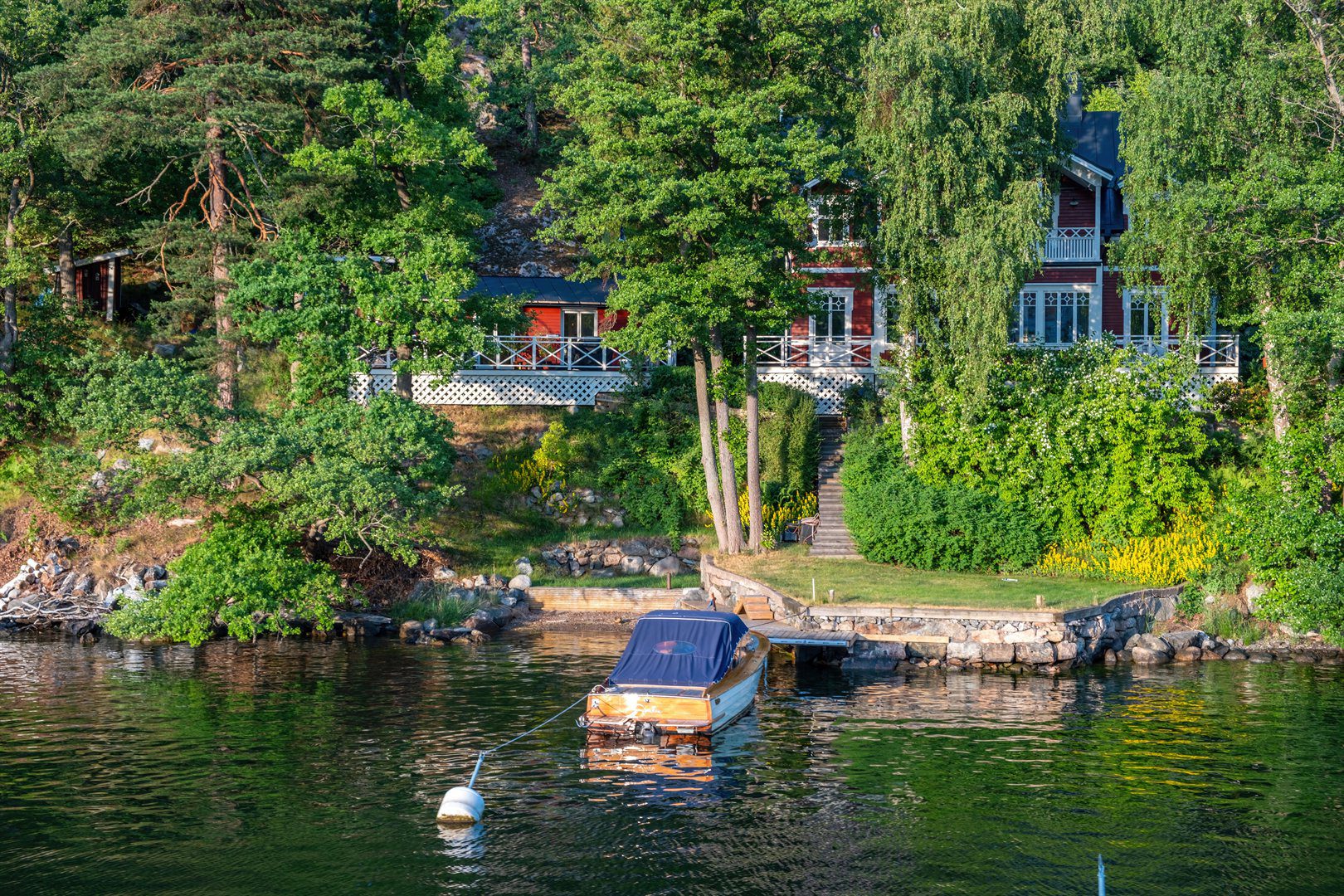
Investing in a waterfront cottage offers the potential for strong appreciation and rental income. These properties are in high demand and can lead to significant financial gains. Understanding the tax benefits can also enhance your investment’s profitability. Owning a waterfront cottage is not just a lifestyle choice – It is a smart financial decision.
Investing in a waterfront cottage is more than just buying a beautiful property. It is a strategic financial decision. These properties often appreciate in value due to their limited availability and high demand. Waterfront cottages are unique and desirable, making them a smart investment choice.
Waterfront cottages tend to appreciate faster than non-waterfront properties. The scarcity of land near water, combined with high buyer interest, drives up prices over time. Owning a waterfront property can lead to significant returns on your investment, especially if the market is hot. This makes them a wise choice for long-term gains.
If you are not living in your waterfront cottage year-round, you can generate rental income. These properties are highly sought after as vacation rentals. Many people are willing to pay a premium for a waterfront getaway. Renting out your cottage during peak seasons can provide a substantial income stream, making your investment even more profitable.
Owning a waterfront cottage can come with tax benefits. In some cases, you may be eligible for deductions on property taxes, mortgage interest, and rental income. It is important to consult with a tax professional to understand all the benefits you can take advantage of. This can further enhance the financial benefits of your investment.
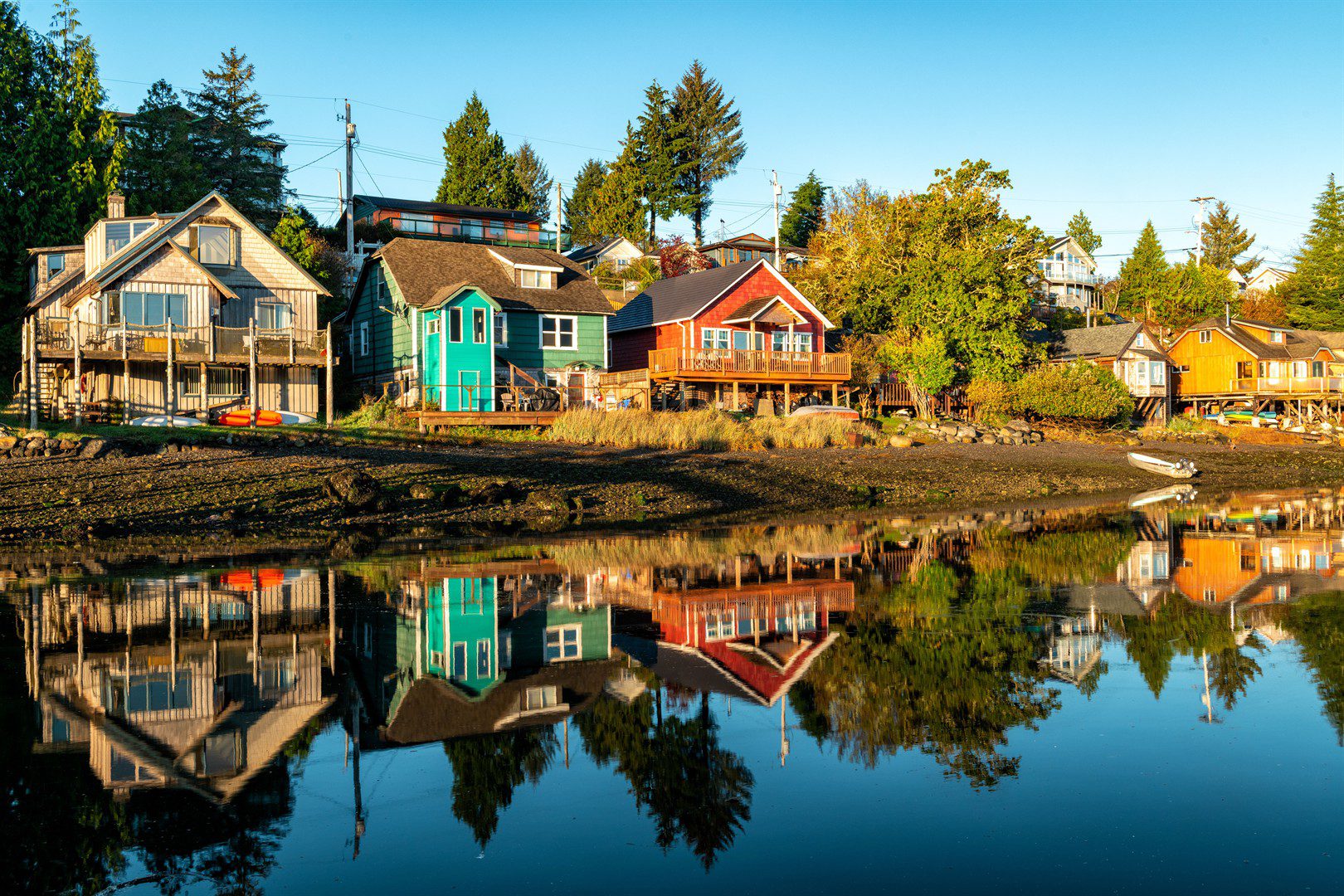
Buying a waterfront cottage involves careful planning and attention to detail. Consider the location, legal aspects, and conduct a thorough inspection to ensure you are making a wise purchase. With the right preparation, you can find a waterfront cottage that meets your needs and provides a great return on investment.
Purchasing a waterfront cottage is a big decision. It is important to plan carefully and do your research. Knowing what to look for will help you make a smart purchase. The process can be complicated, but with the right knowledge, you can find the perfect property.
Location is key when buying a waterfront cottage. Think about how close the property is to towns, medical services, and other amenities. Also, consider the accessibility of the cottage itself. Some waterfront properties are remote, which can be a pro or a con depending on your needs. Choose a location that fits your lifestyle.
Waterfront properties come with unique legal considerations. Make sure to understand the zoning bylaws and any restrictions on building or renovating. Also, look into any rights related to the water, such as dock permits. Consulting with a real estate lawyer can help you navigate these complexities.
A thorough inspection is crucial when buying a waterfront cottage. Check for issues like erosion, water damage, and the condition of the shoreline. Also, consider the structural integrity of the cottage, especially in relation to its proximity to water. Hiring a specialized inspector with experience in waterfront properties is a smart move.

Investing in a waterfront cottage is more than just buying property – It is about creating a lifestyle filled with tranquility, beauty, and potential financial rewards. Whether you are drawn by the idea of a peaceful retreat, the allure of a smart investment, or the opportunity for rental income, waterfront cottages offer something special. With careful planning, understanding of the market, and attention to the unique aspects of waterfront living, you can make an informed decision that aligns with your goals.
Your dream of owning a waterfront cottage is not just a fantasy; it is an attainable reality that can bring joy and value for years to come. So, take the next step, dive into the world of waterfront cottages, and let the adventure begin.
Subscribe to our newsletter to see the latest blogs
My services for the seller include initial consultation, market analysis, free estimate, make pricing strategy, home staging consultation, repairs and improvements consultation, professional photography and videography, detailed property description, customized marketing plan, online listings, social media marketing, design and print flyers and brochures, open houses and private showings, ongoing communication and feedback, continuous market monitoring, offer management, negotiation with buyers, counteroffers and finalization, transaction coordination, closing assistance with thirty-parties, and future real estate needs assistance.
This full suite of services is designed to make the selling experience smooth, rewarding, and successful. By partnering with Adam Cui, you are getting a knowledgeable, resourceful, and committed agent who will prioritize your interests and make sure your goals are met efficiently.
My services for the buyer include initial consultation, needs assessment, property search and selection, early access to listing, personalized tours, detailed market analysis, property transaction history research, property inspection coordination with thirty-parties, review of disclosures with third-parties, negotiation on inspection findings, custom offer preparation, expert negotiation, multiple offer handling, detailed contract explanation, legal and compliance assistance with third-parties, liaison with all parties, document assistance, final visits support, homeownership guidance, and lifetime real estate support.
Through each step, my goal is to minimize stress, streamline your home-buying experience, and deliver outstanding value within my 0.88% commission. Whether you are a first-time buyer or a seasoned investor, you can count on my expertise, dedication, and personalized care to make your real estate journey a success.
No. It only applies to the buying and selling property transactions. For rental services, I will charge half of the one-month rent if I represent one party.
No. HST will be added on top of that.
As a buyer, you typically do not pay my 0.88% commission directly. This commission is generally covered by the seller in a real estate transaction.
As your dedicated real estate agent, my priority is to provide you with the best possible service and value. If a seller offers a commission greater than 0.88% for my services, I would still honor my commitment to you, the buyer, and keep only 0.88% as my commission.
The home buying process involves several steps: getting pre-approved for a mortgage, finding the right property, making an offer, and completing inspections. Afterward, you will finalize the mortgage, sign the paperwork, and get the keys. It is essential to have guidance through each step to ensure a smooth and successful purchase.
When making an offer, it is important to consider the market conditions and the property’s value. Consult with your real estate agent to craft a competitive offer. Include necessary contingencies like financing and inspections. Always be prepared to negotiate. This ensures your offer stands out while protecting your interests.
Finding the right home starts with understanding your needs and budget. I will guide you through the process, showing you options that match your criteria. Together, we will explore neighborhoods, amenities, and property features. My goal is to help you find a home where you can see yourself living happily for years to come.